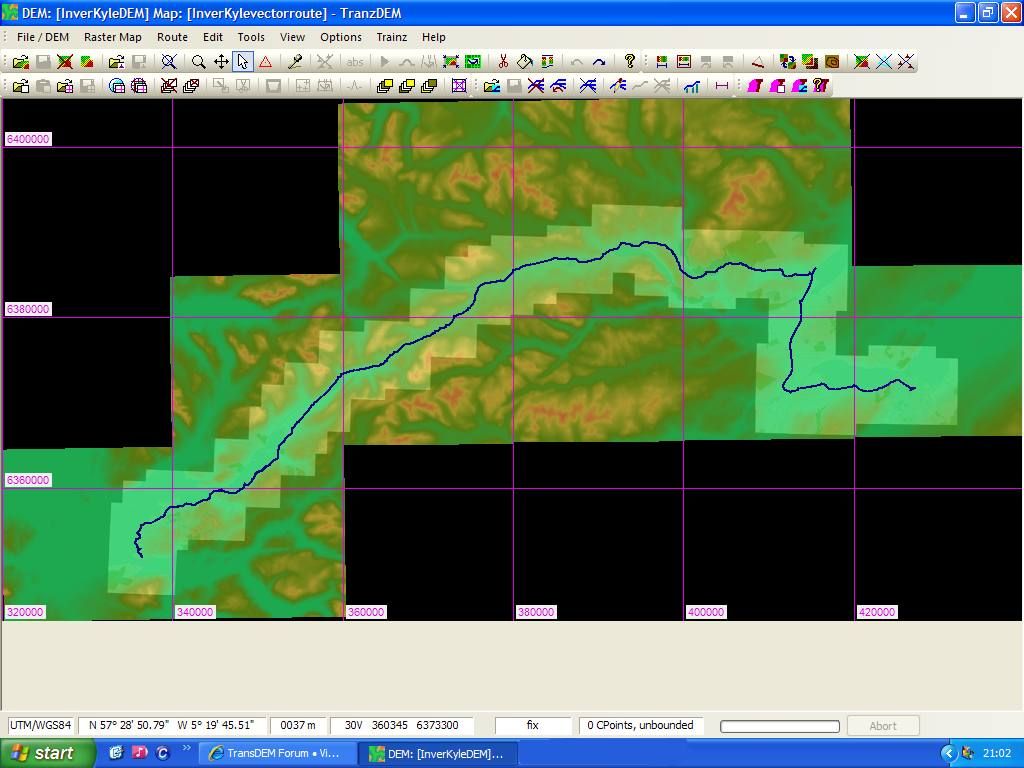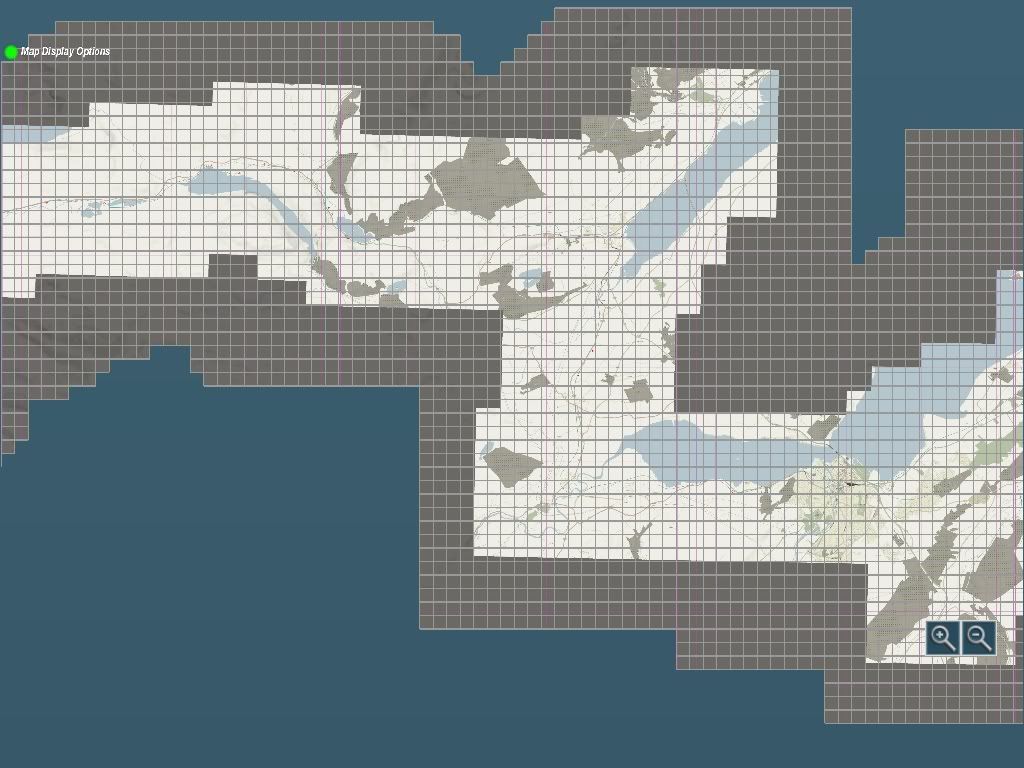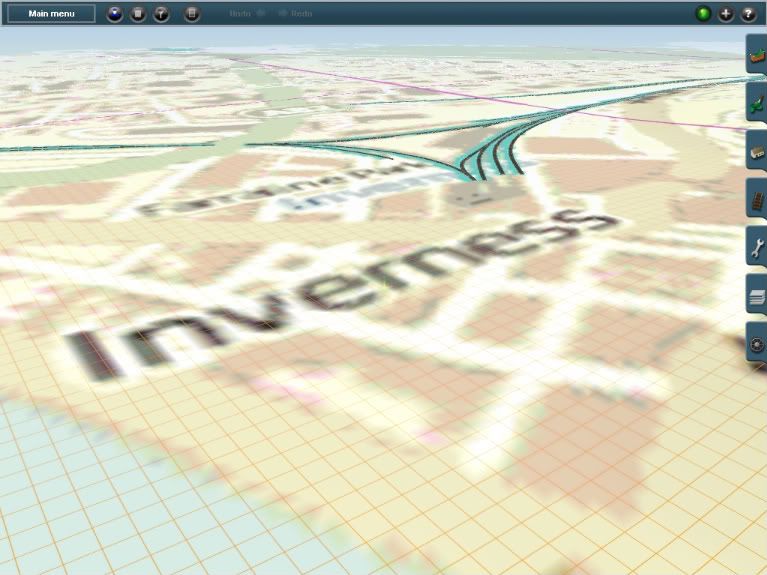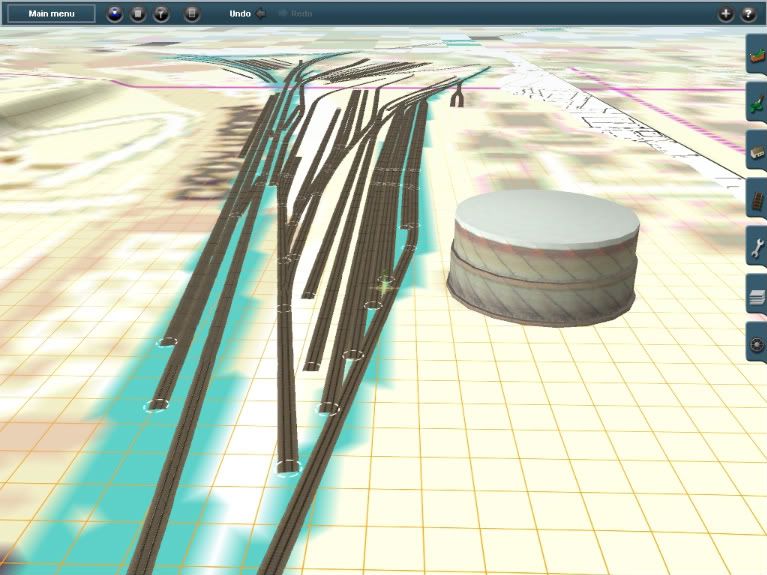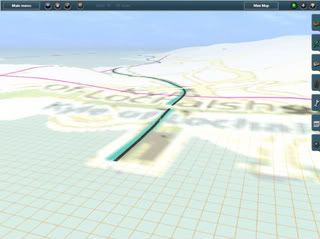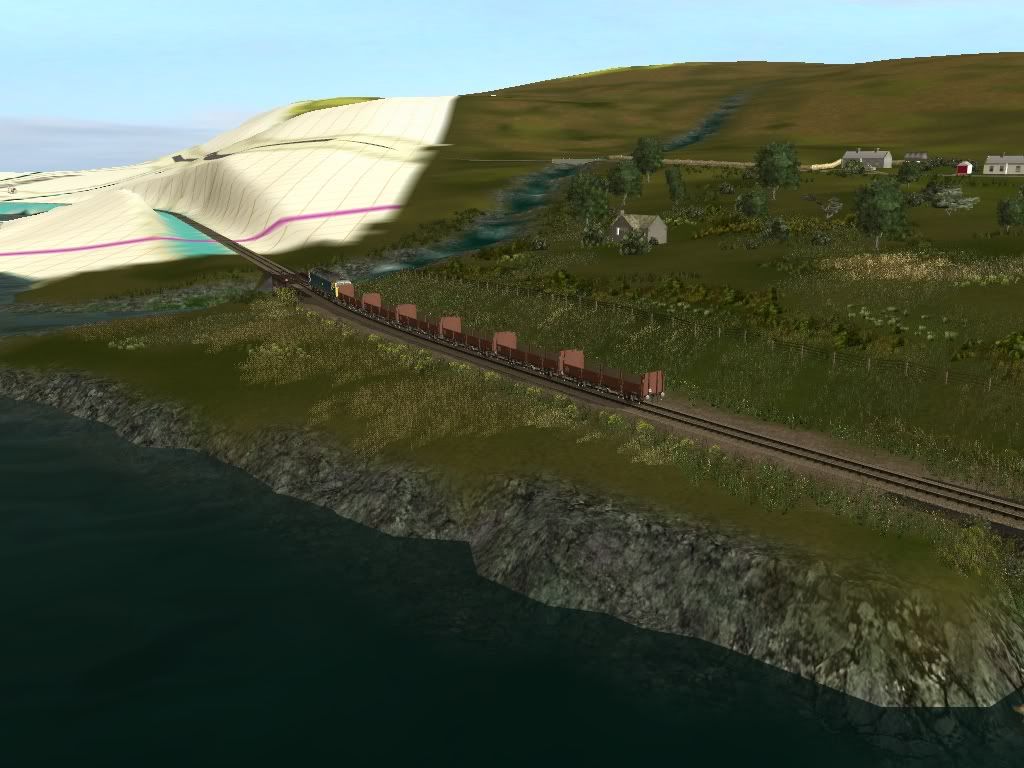I've used Trainz since 1.3 and since then always had the urge to model my local route, the urge comes and goes.
I thought maybe as I have a bit of Summer I might do a bit of a test with the idea.
I'm thinking of doing a test so I don't get overwhelmed, possibly going from Colchester to just Manningtree (7-9mins journey).
What i'd like to achieve with this would be a realistic route from at least the drivers eye. (I've got a drivers eye view of Norwich to London Liverpool street so thats a step in the right direction).. One thing to consider is gradients and the landscape..
How do people achieve realistic landscapes and gradients? does DEM data help with those?
My main first question then, (As I don't want to make a really long opening post) is HOW and CAN I get DEM data for this route?
(Heres a map of the area shown using driving directions http://maps.google.co.uk/?ll=51.919073,0.981216&spn=0.106935,0.308647&z=12)
I'm thinking once I have DEM data if pos, then I can use basemaps that are the same size as the grids on ordinance survey maps to get stuff placed properly.. Does this sound right?
Anyway I look forward to help and information on how I can achieve these things!
Thanks
David
I thought maybe as I have a bit of Summer I might do a bit of a test with the idea.
I'm thinking of doing a test so I don't get overwhelmed, possibly going from Colchester to just Manningtree (7-9mins journey).
What i'd like to achieve with this would be a realistic route from at least the drivers eye. (I've got a drivers eye view of Norwich to London Liverpool street so thats a step in the right direction).. One thing to consider is gradients and the landscape..
How do people achieve realistic landscapes and gradients? does DEM data help with those?
My main first question then, (As I don't want to make a really long opening post) is HOW and CAN I get DEM data for this route?
(Heres a map of the area shown using driving directions http://maps.google.co.uk/?ll=51.919073,0.981216&spn=0.106935,0.308647&z=12)
I'm thinking once I have DEM data if pos, then I can use basemaps that are the same size as the grids on ordinance survey maps to get stuff placed properly.. Does this sound right?
Anyway I look forward to help and information on how I can achieve these things!
Thanks
David

